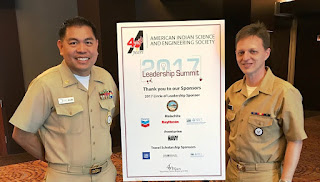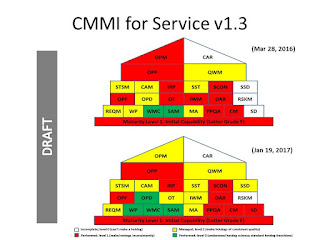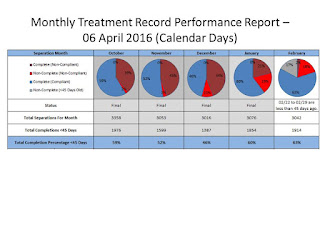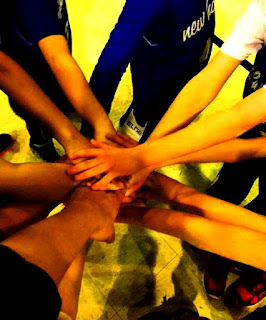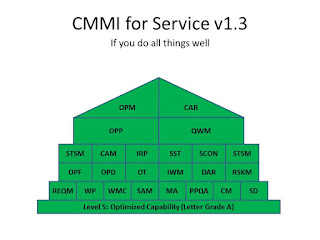Hawthrone Effect, Theory of Constraints, and Travel Claim Processing

While not a controlled experiment, I had the opportunity recently to observe a version of the Hawthorne Effect applied to travel claim processing.
For decades, the standing goal for travel claim processing has been 30 days from the end of travel (TVL End) to paid. Conventional wisdom viewed the standing goal as somewhat unrealistic though, because a portion of the timeline is dependent on the customer's timeliness. Wisdom says that if the customer submission lag is very long, then the travel claim processor cannot meet the 30-day goal.
In mid-July, a large backlog of claims at JAX caught the attention of upper management. The backlog was not unusual, but management interest in the backlog was something new. Upper management began to pay a lot of attention to the JAX travel claim processing operation and communicated this interest with frequent inquiries.
Without any additional resources, the JAX team shifted into high gear and wiped out most of the backlog by the end of
